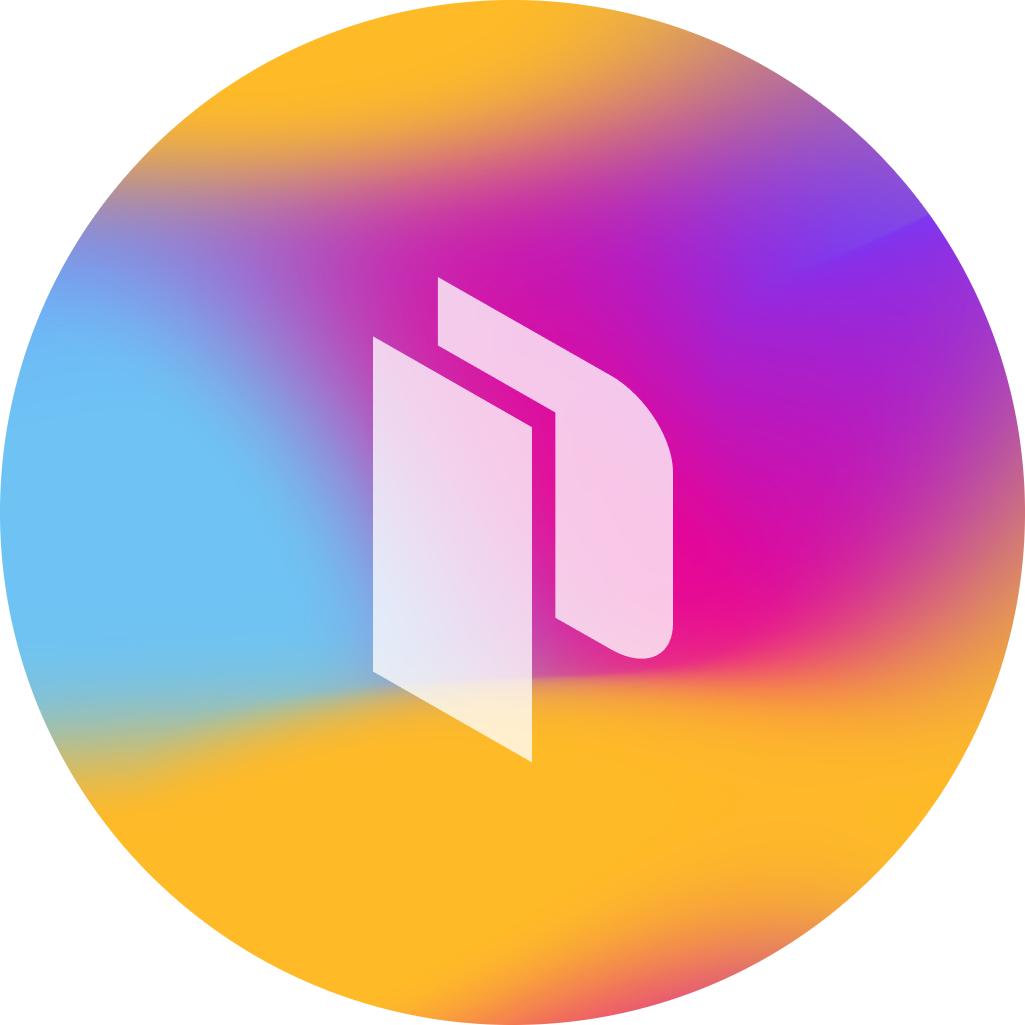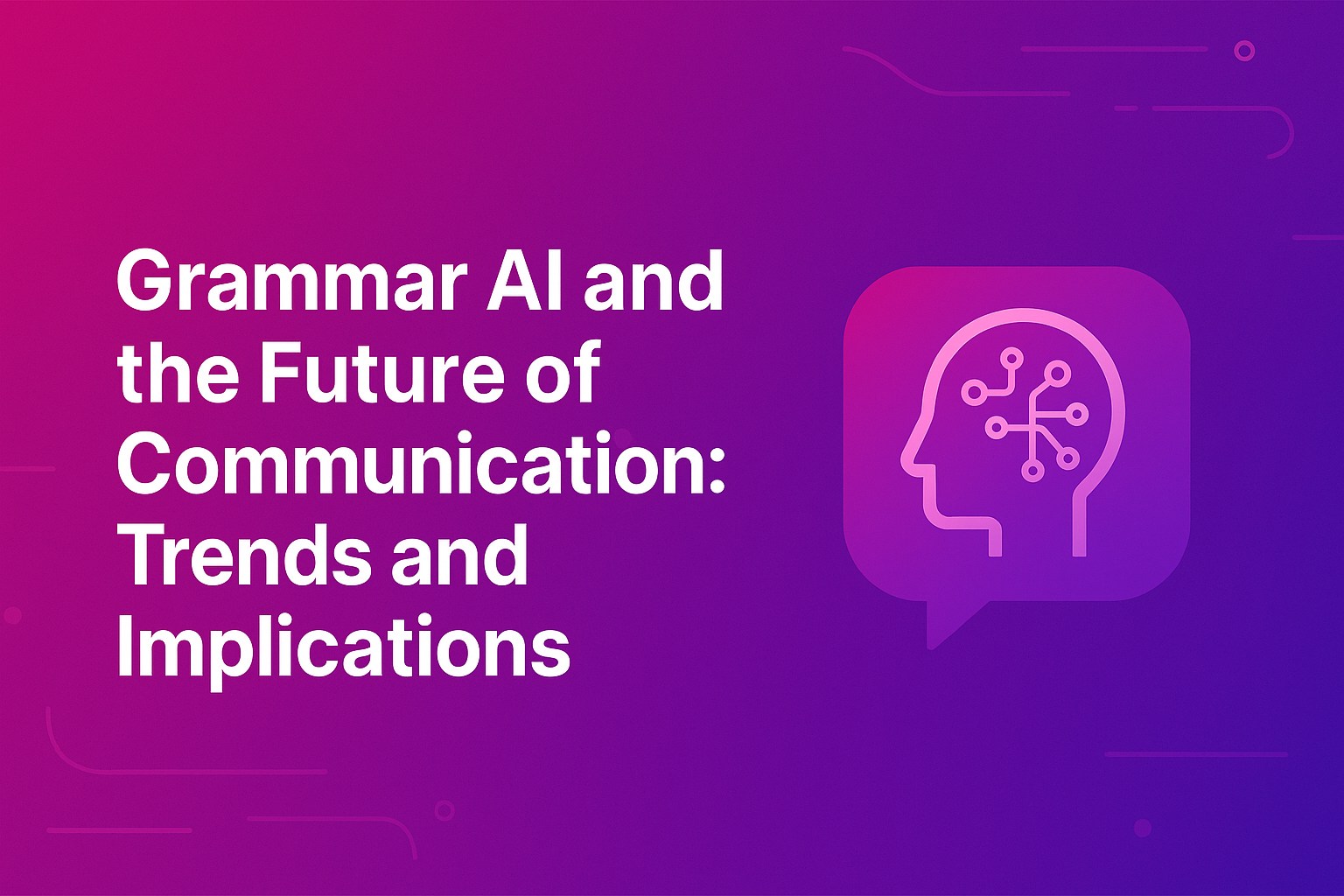
How to Cite Sources Like a Pro: A Comprehensive Guide
Master the art of citing sources with this comprehensive guide covering various citation styles, common mistakes to avoid, and best practices for academic and professional writing.
Read articleCheck your papers for plagiarism with our advanced AI tools


The semicolon (;) may be the most misunderstood punctuation mark in English. More substantial than a comma but less final than a period, this hybrid punctuation mark often intimidates authors. Yet, when used correctly, the semicolon adds sophistication and clarity to your text. This guide will demystify the semicolon and teach you to use it with confidence.
The semicolon sits halfway between a comma and a period, both in appearance and function. It was introduced to English composition in the late 16th century to indicate a pause longer than a comma but shorter than a period. Today, it serves several specific purposes that can enhance your text when used appropriately.
The most common use of a semicolon is to join two closely related independent clauses without a coordinating conjunction (and, but, or, nor, for, so, yet).
Example:
This is different from using a comma, which would create a comma splice error:
The semicolon shows that the two statements are more closely connected than separate sentences would indicate, but more distinct than clauses separated by a comma and conjunction.
More examples:
When list items contain internal punctuation (especially commas), semicolons help distinguish between the major items.
Example:
Without semicolons, this list would be confusing:
More examples:
Semicolons can appear before conjunctive adverbs or transitional phrases that connect independent clauses, such as "however," "therefore," "in addition," and "for example."
Example:
More examples:
A semicolon should only connect two independent clauses (complete sentences). Don't use it to connect a dependent clause to an independent one.
Incorrect:
Correct:
Generally, don't use both a semicolon and a coordinating conjunction (and, but, or, etc.) together.
Incorrect:
Correct:
Like any punctuation mark, semicolons lose their impact when overused. Reserve them for instances where they genuinely add clarity or sophistication.
Authors often confuse semicolons with colons (:), but they serve different functions:
Semicolon example:
Colon example:
In academic work, semicolons help create complex, nuanced sentences that convey sophisticated relationships between ideas. They're particularly useful in literature reviews and theoretical discussions where ideas build upon one another.
In fiction and creative nonfiction, semicolons can influence pacing and tone. They create a pause longer than a comma but less definitive than a period, allowing thoughts to flow in a controlled manner.
In business communication, semicolons help organize complex information clearly, particularly in reports, proposals, and formal correspondence where precision matters.
Beyond grammar, the semicolon has gained symbolic meaning in recent years. After the book "Project Semicolon" by Amy Bleuel, the punctuation mark became a symbol of hope and continuation for those struggling with depression, suicide, addiction, and self-injury—representing that their story isn't over.
Writers and grammarians have strong opinions about semicolons:
"Here is a lesson in creative writing. First rule: Do not use semicolons. They are transvestite hermaphrodites representing absolutely nothing. All they do is show you've been to college." —Kurt Vonnegut (who, ironically, used semicolons in his own work)
"The semicolon is a valuable tool, enabling an author to create elegant, coherent prose while controlling pace and rhythm." —Mary Norris, The New Yorker's "Comma Queen"
To master semicolon usage, try these exercises:
Combine these independent clauses with semicolons:
Add semicolons to this complex list:
Correct these semicolon errors:
The semicolon may be subtle, but it's a powerful tool in a communicator's arsenal. It creates connections between ideas that are stronger than a comma but less final than a period, allowing for nuanced expression and sophisticated syntax. By understanding when and how to use semicolons correctly, you can add precision, rhythm, and elegance to your composition.
Rather than fearing or avoiding semicolons, embrace them as valuable tools that showcase your command of language. Like all punctuation marks, they exist to serve your meaning and enhance your reader's understanding. With practice, you'll develop an intuitive sense of when a semicolon is exactly the right punctuation for the job; your text will be better for it.

Master the art of citing sources with this comprehensive guide covering various citation styles, common mistakes to avoid, and best practices for academic and professional writing.
Read article
Explore how artificial intelligence is transforming language correction, writing assistance, and the broader landscape of human communication.
Read article
Master the art of proofreading with these three essential steps that will help you catch errors and polish your text to perfection.
Read article